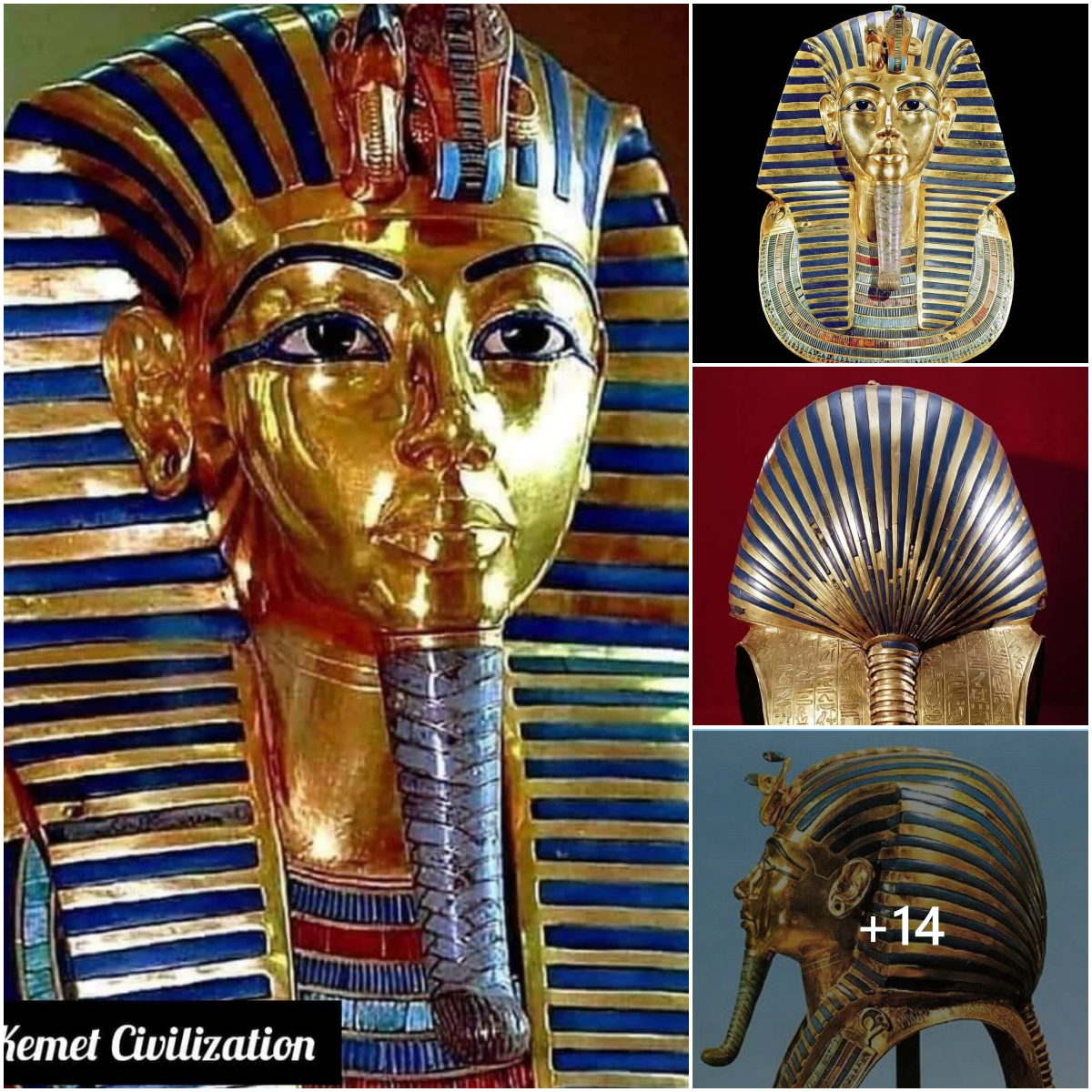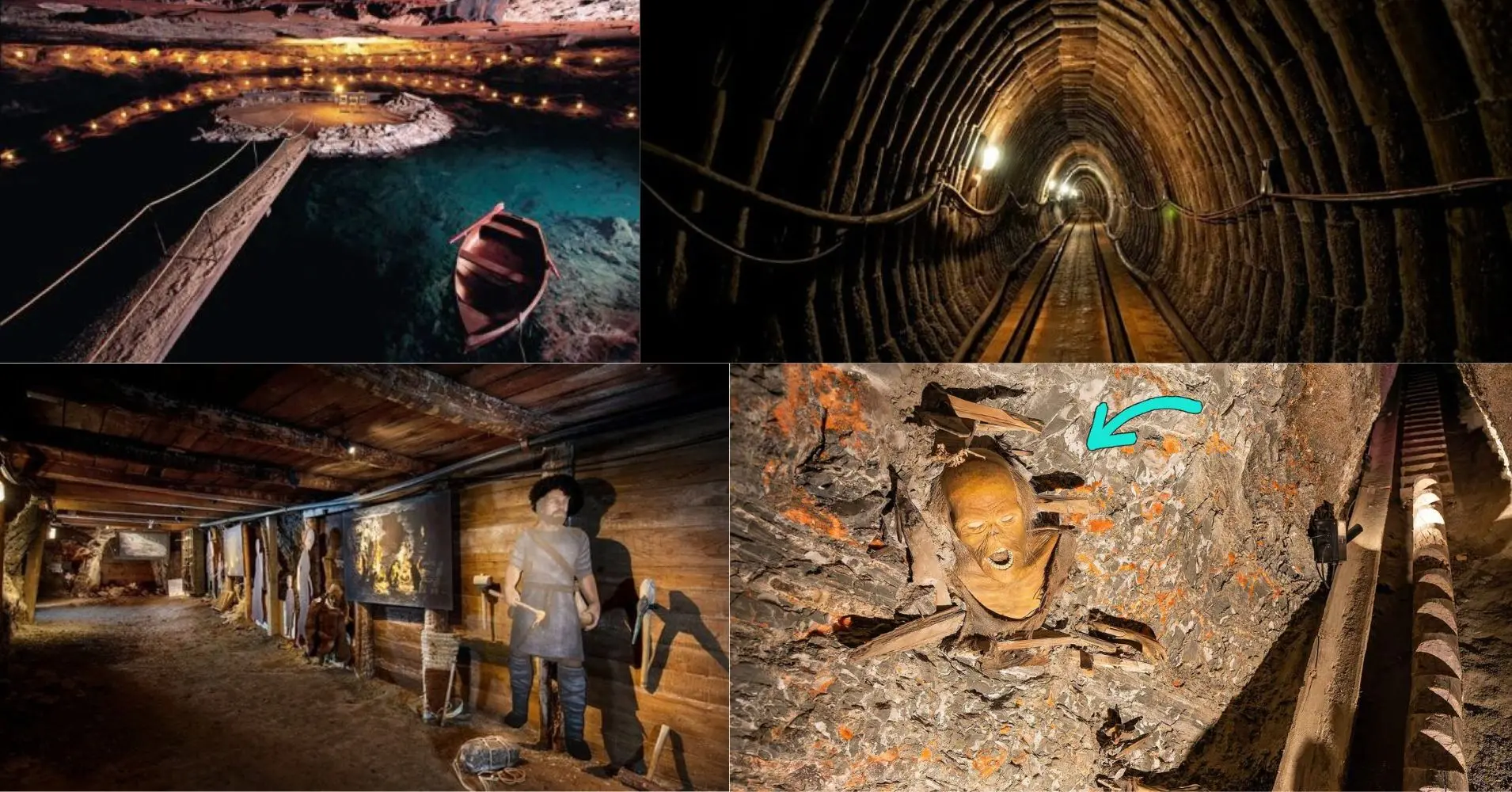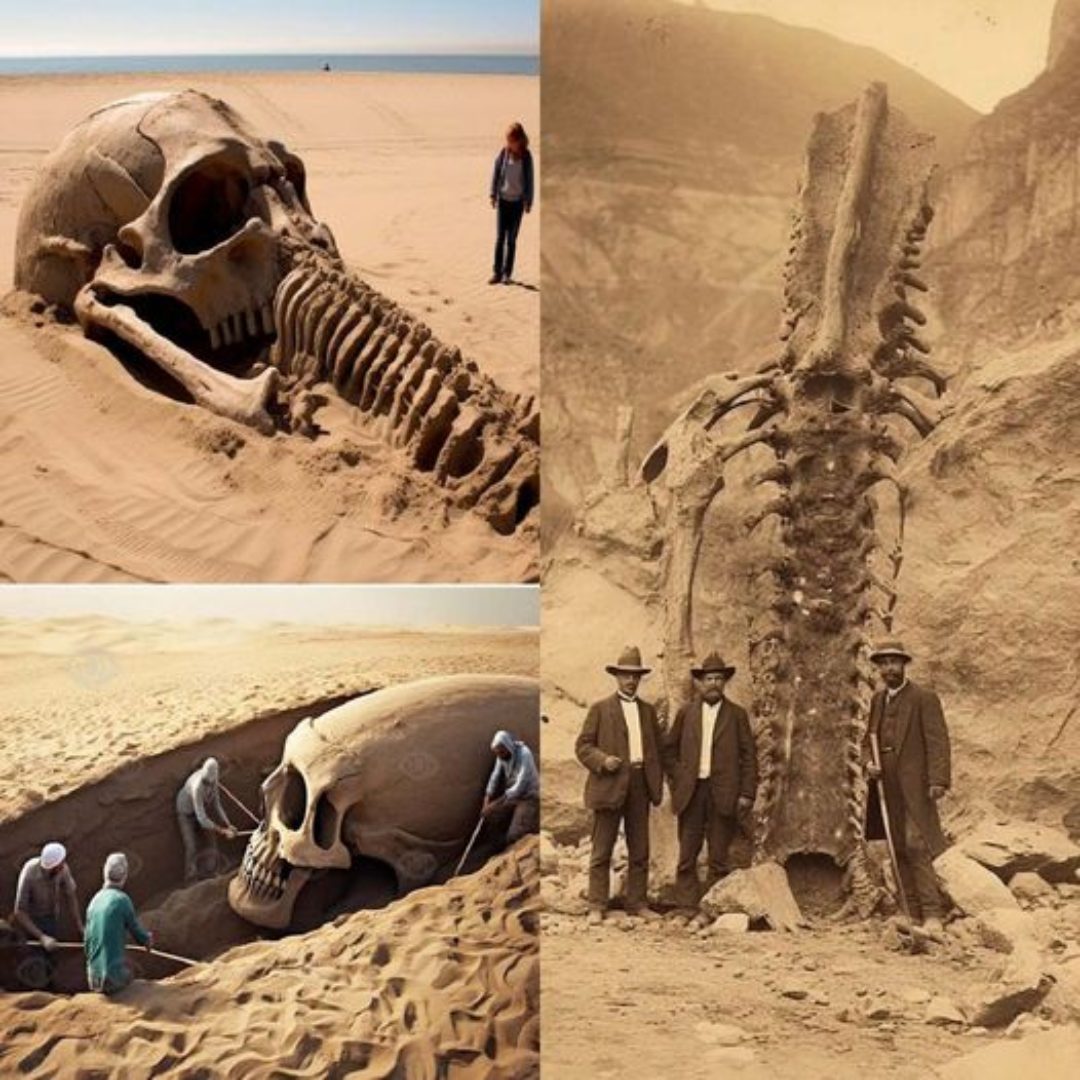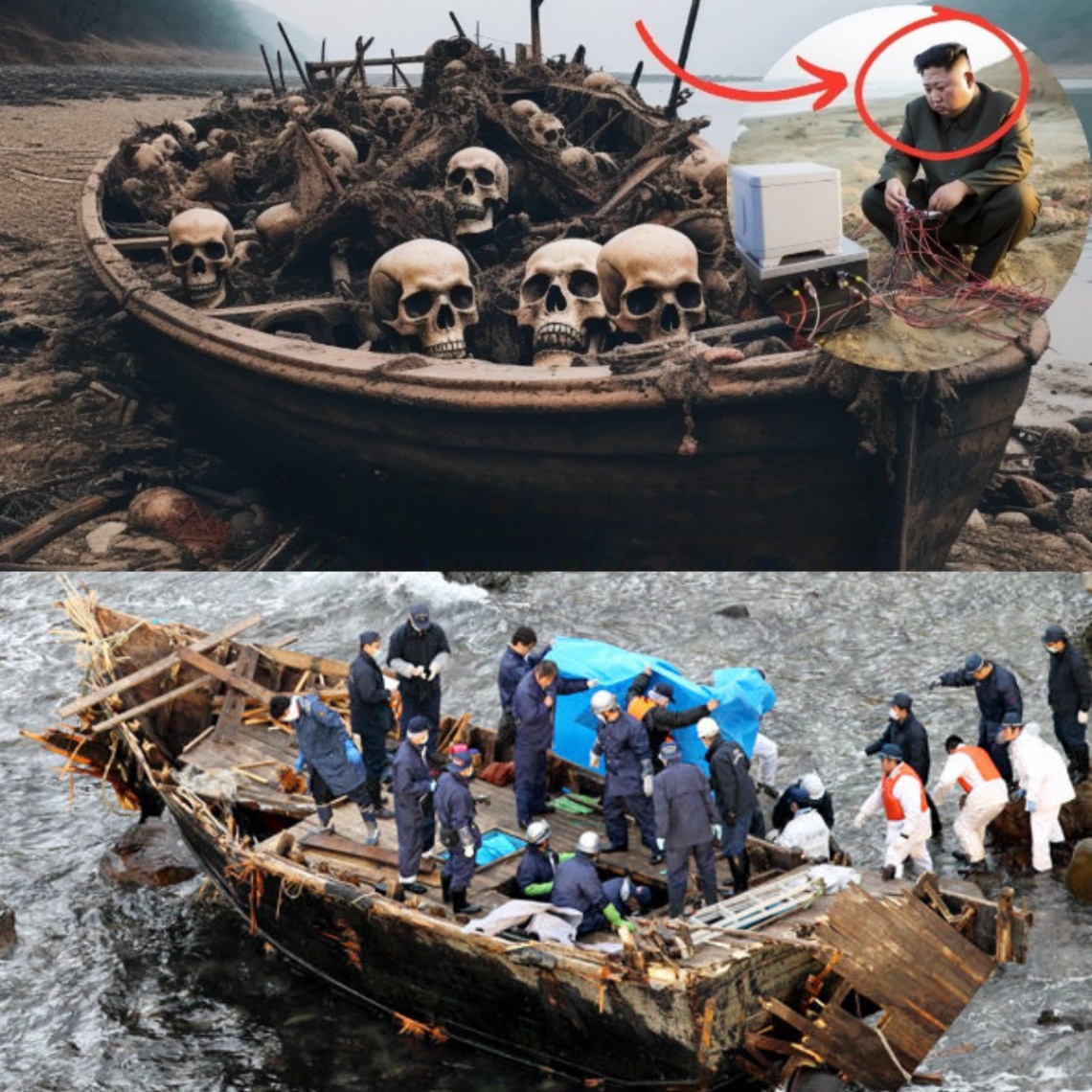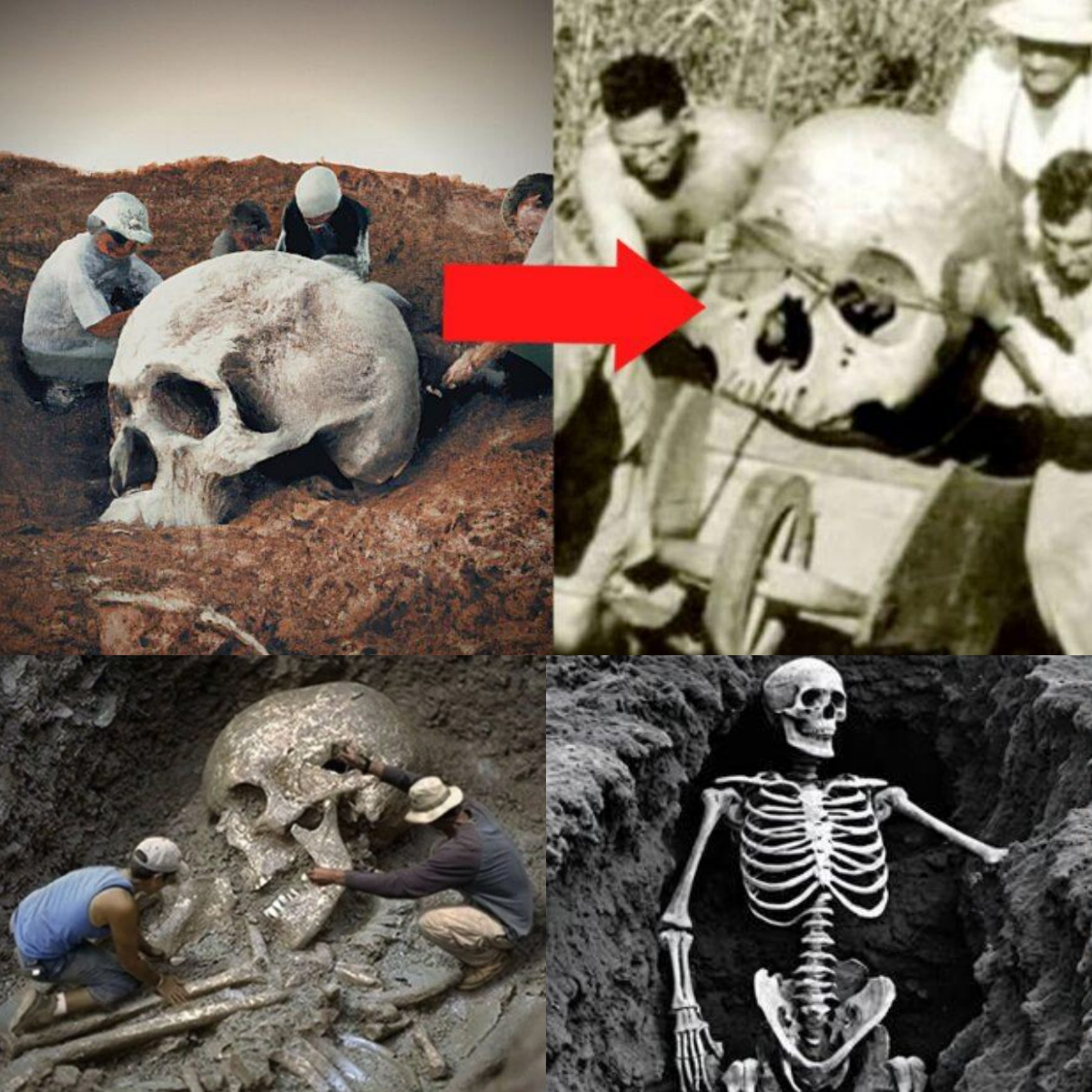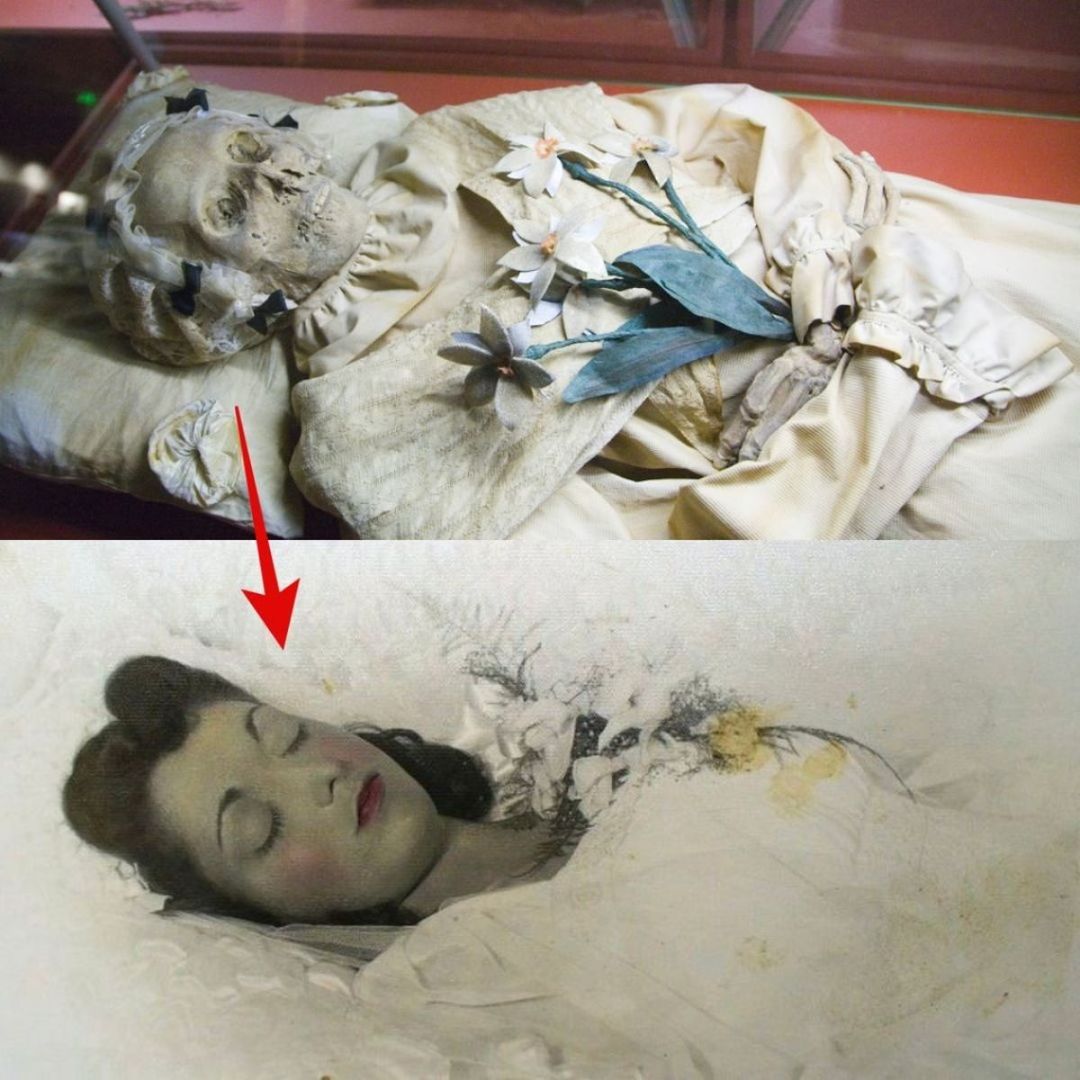If you want to choose “the greatest archaeological discovery of the 20th century”, the Sanxingdui site can definitely make the list, it is the largest, oldest and richest cultural relic Most of the ancient Shu culture sites were discovered in southwest China.
It has a long history, even surpassing that of the Mayan civilization and is more majestic than the Qin Dynasty’s terracotta warriors tombs. From glory to decline, Tam Tinh Doi is always full of mysteries. Why could such a historical site cause such a stir inside and outside of China?
The reason is that its history can be traced back to 3000 BC, and before that, Chinese history as we know it only stopped at the end of the Xia Dynasty, about 4200 years ago. In other words, if we can uncover all the secrets of Sanxingdui, our understanding of the origins of Chinese civilization could undergo revolutionary changes!
Not only that, Tam Tinh Doi is also a place full of doubts and controversies. Its cultural relics are far from traditional Chinese culture and even bear surprising similarities with ancient Egyptian, Mayan and other civilizations. The technology of this civilization has surpassed the level of its time and even some modern levels. What mysterious power does Sanxingdui have that allows it to create such a wonderful civilization?
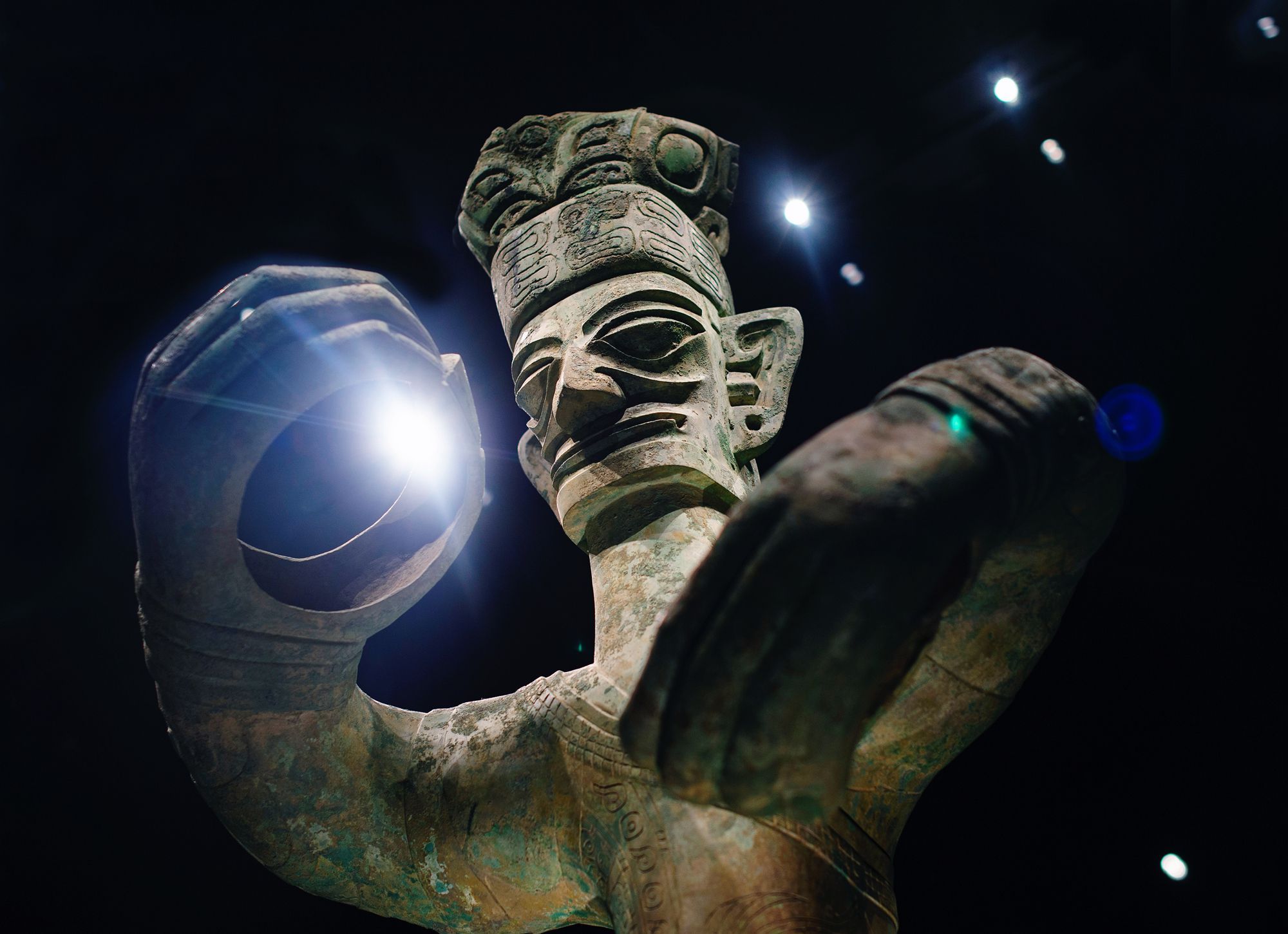
The discovery of Sanxingdui originated from an accident in 1929. At that time, Yan Dao Cheng, a farmer in Guanghan, Sichuan, and his son were cultivating soil with a hoe in the field when they accidentally encountered a hard object. They curiously dug it out and discovered that it was a delicate piece of jade.
This discovery immediately shocked the locals, who came looking for more treasure. The news quickly spread throughout China, attracting the attention of many antique dealers and scholars. It was not until 1934 that an archaeological team arrived at Tam Tinh Doi to carry out the first archaeological excavation.
Near the ruins, they found three small mounds shaped like three stars, so they named this place Tam Tinh Doi. Although they found some bronze, jade, pottery and stone tools during this excavation, no particularly important artifacts were found. Due to the political situation at that time, they had to end the expedition hastily.
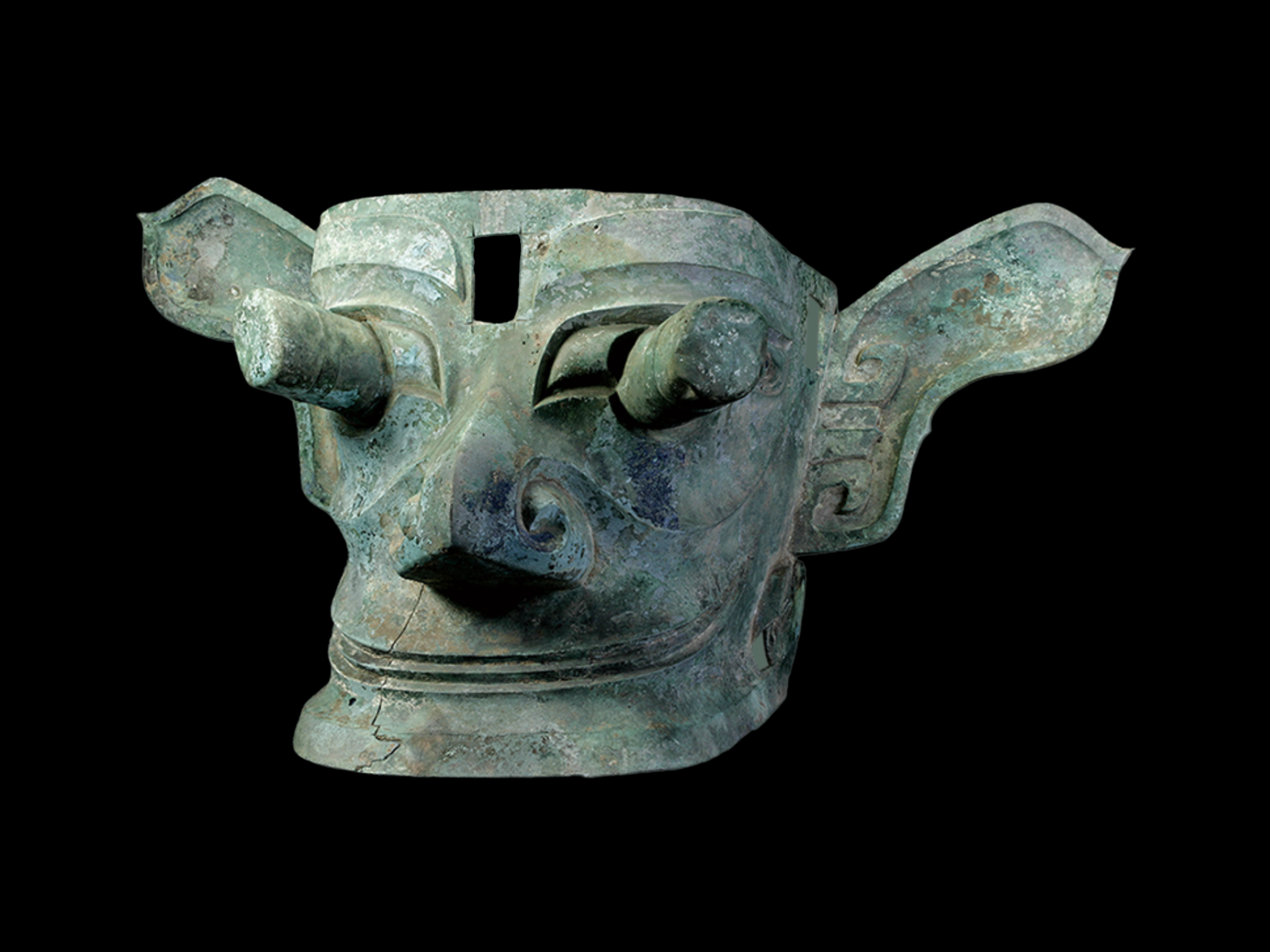
It was not until 1986 that Tam Tinh Doi regained the attention of the archaeological community. As archaeological work progressed, experts discovered Tam Tinh Doi Sacrificial Pits No. 1 and No. 2. These two pits contained thousands of exquisite cultural relics such as bronze statues, standing statues, large masks, etc. Most notable is the bronze tree, which is 3.96 meters tall and is currently the tallest tree-shaped bronze object in the world.
This exquisitely decorated bronze tree includes a tree stump and trunk, divided into three levels, each level has three branches, a total of nine branches. On each branch there is a flower with a hollow pattern and a sacred bird vividly inlaid on it. There are 9 sacred birds on all branches. The shape and form of this bronze tree is almost similar to the fusang tree described in the Son Hai Kinh.
This discovery makes people wonder, are the mythical stories described in the Son Hai Kinh not only legends but also true in history? In addition to the bronze tree, Tam Tinh Doi also revealed an outstanding mysterious cultural relic, a vertical bronze mask measuring about 64.5 cm and 1.38 meters high. The eyes of this mask are cylindrical, about 16 cm long in front. What is even more special is that it has large ears that do not match the human facial features.
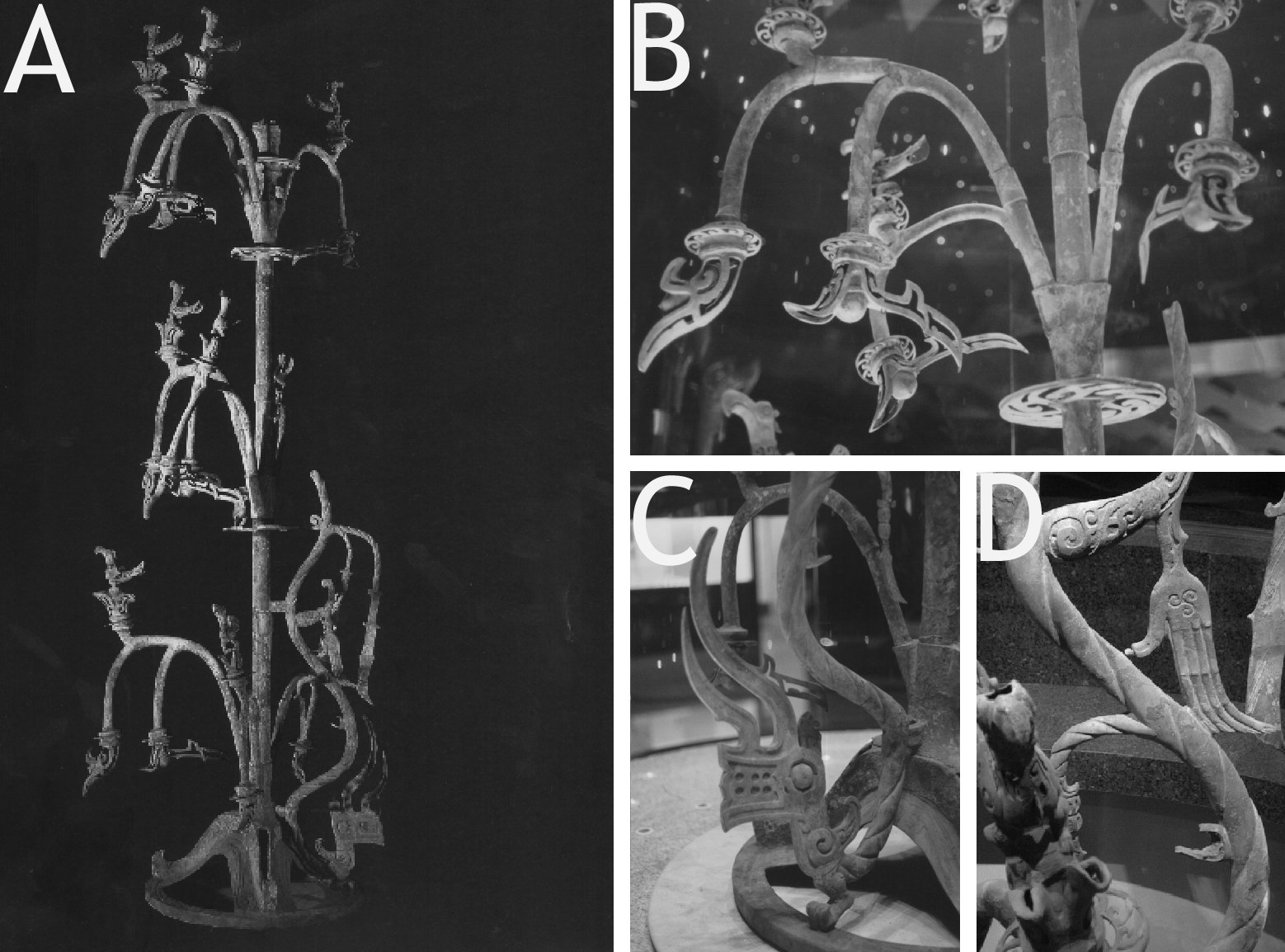
This puzzled experts, who speculated why the Sanxingdui people created such a mask. After carefully studying the documents, experts found records about Cancong (Thanh Y Than), the first king of ancient Shu.
According to records, there was a king named Cancong in ancient Shu. He had exceptionally outstanding eyesight and was honored as king. Based on this discovery, experts speculate that this bronze mask was probably modeled after Cancong, the first king of ancient Shu, to praise his outstanding achievements in his achievements. big.
In addition to the above, another amazing discovery is the bronze Sun wheel. It has a history of more than 3,000 years, a round shape, with a protruding ring in the middle. What’s even more surprising is that a similarly shaped sun wheel also appears in ancient Egyptian wall paintings. This has caused speculation as to whether there is some connection between ancient Egyptian civilization and Sanxingdui.
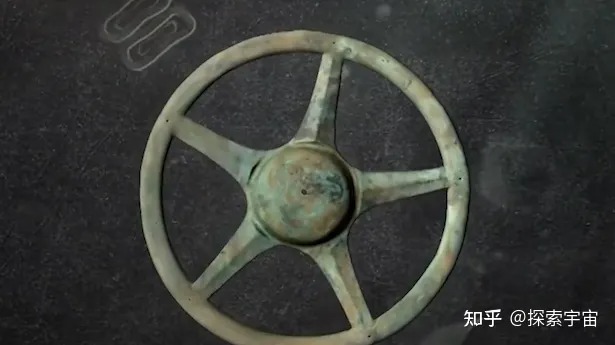
If the discoveries of Pit 1 and Pit 2 were already astonishing, the new discoveries in June 2022 are even more shocking to our understanding of ancient civilizations. While cleaning hole 7 of the Tam Tinh Doi ruins, archaeological experts suddenly discovered a cultural relic with a strange shape.
This cultural relic is mainly made of bronze, the overall shape resembles a turtle’s back, covered with net-like lines, full of mysterious aura. To explore the production process of this cultural relic, experts conducted X-ray tests on it and the results shocked everyone.
They discovered that it actually had welding marks, the parts were welded so finely that the marks were almost invisible. Experts explain that the earliest origin of welding technology comes from carbon paste welding abroad in 1885. It is a technology that uses an arc to create high temperatures to melt and join metals.
However, this discovery at Sanxingdui directly pushed the historical origin of welding technology forward by more than 2,000 years, which shows that as early as 4,000 years ago, the Chinese had mastered advanced welding technology. , can even surpass the modern level. What’s even more amazing is that copper cools very quickly, so how did the Tam Tinh Doi people create it?
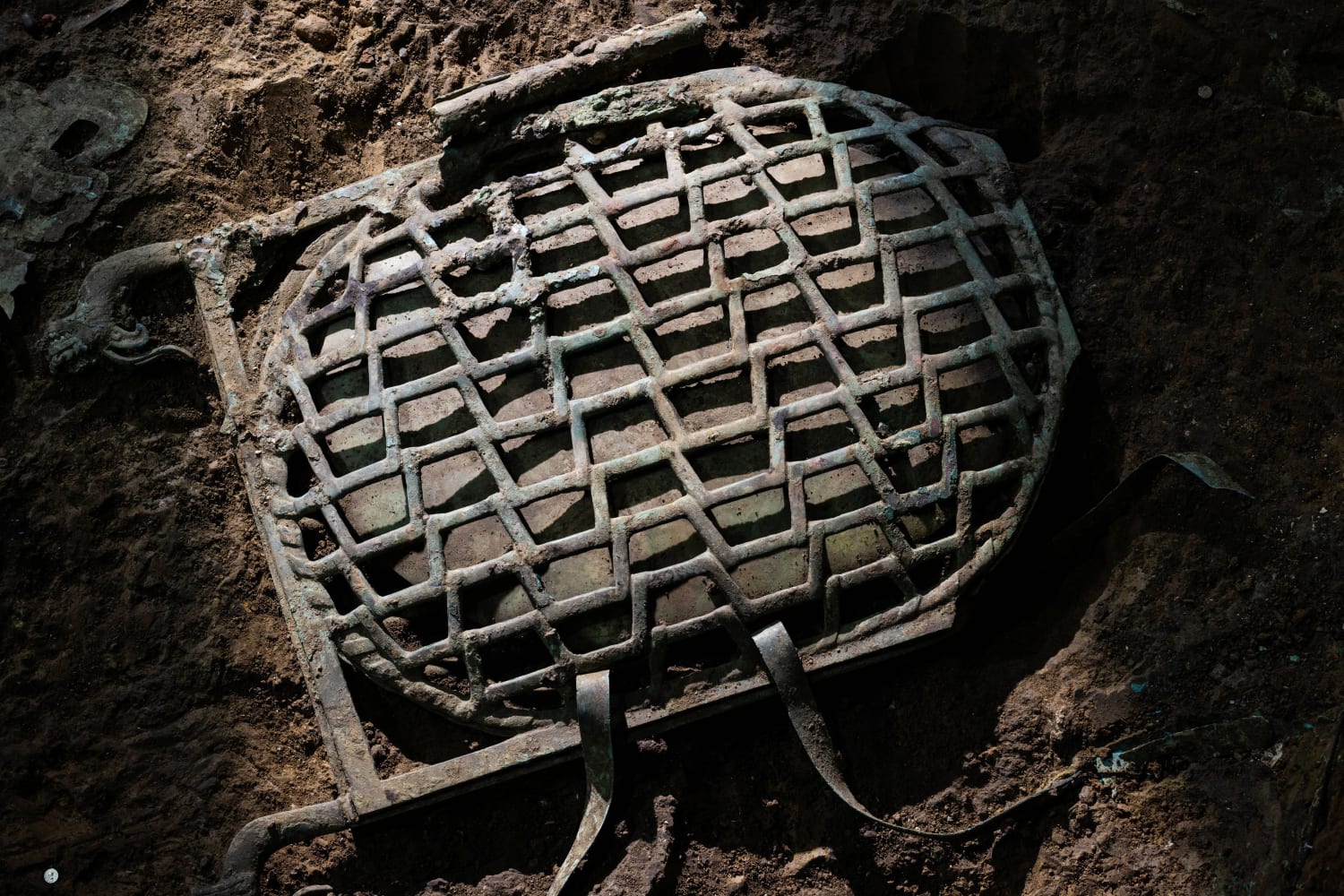
Not only that, through research, experts also discovered that these newly excavated bronze objects contain a special chemical called phosphorus. Anyone with knowledge of chemistry will know that phosphorus is a non-metallic element. It not only has the effect of accelerating the flow rate of copper water but also slows down the solidification time of copper water, which is beneficial for casting. complex shapes.
However, phosphorus was only discovered in 1669. So how did the Tam Tinh Doi people extract phosphorus more than 4,000 years ago? Where did they learn about the existence and role of phosphorus? It is not surprising that archaeological experts believe that Sanxingdui cannot be excavated anymore, because all the cultural relics excavated here are very different from traditional Chinese culture, if excavation continues. Quaking can overturn the history of Chinese and even world civilization.
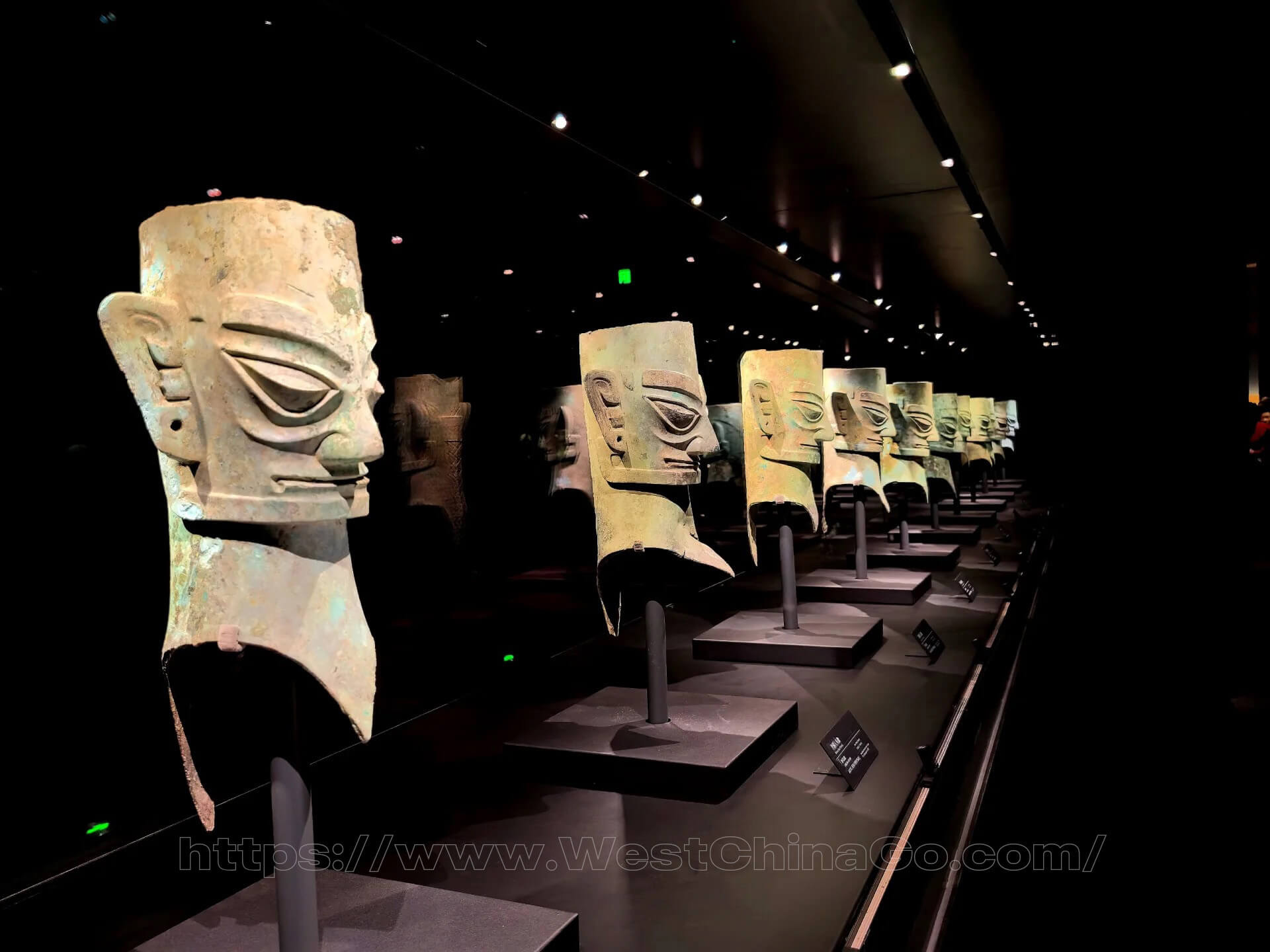
There are still many unanswered mysteries in Tam Tinh Doi. The Sanxingdui civilization left almost no records in ancient Chinese books. It seemed to fall from the sky and suddenly disappeared without a trace. This is also an important cause of headaches for archaeologists. I believe that with the deepening of archeology, the unanswered mysteries of Tam Tinh Doi will be solved one by one, and the mystery of Tam Tinh Doi will also be revealed.
